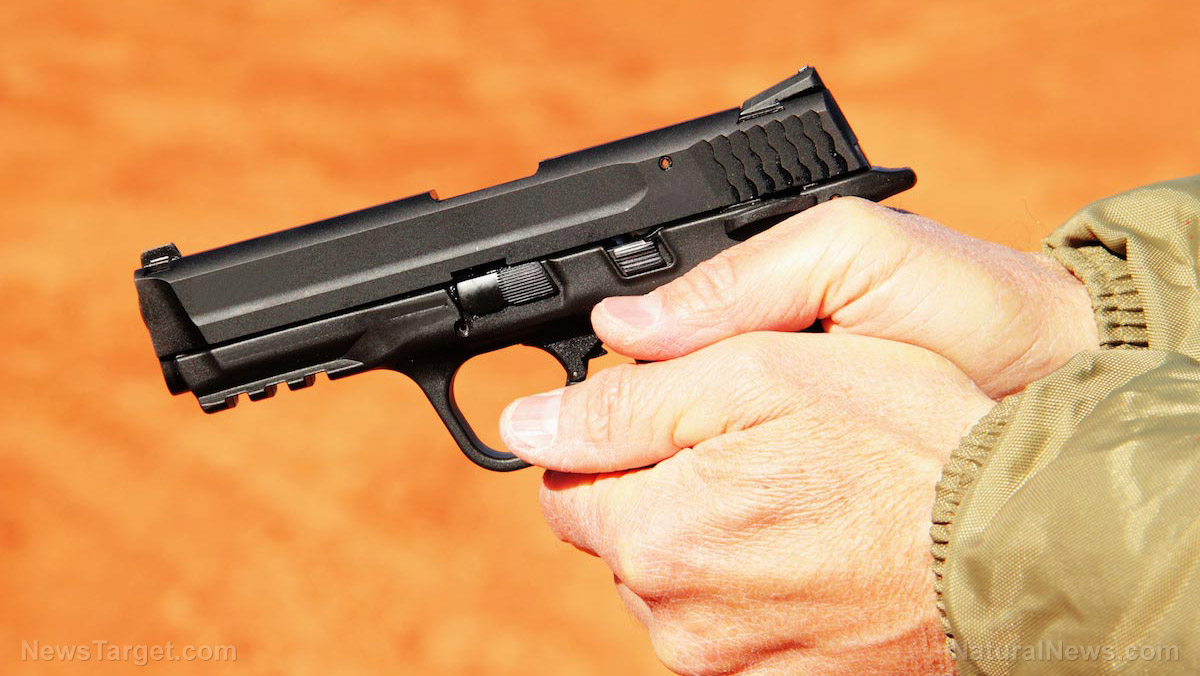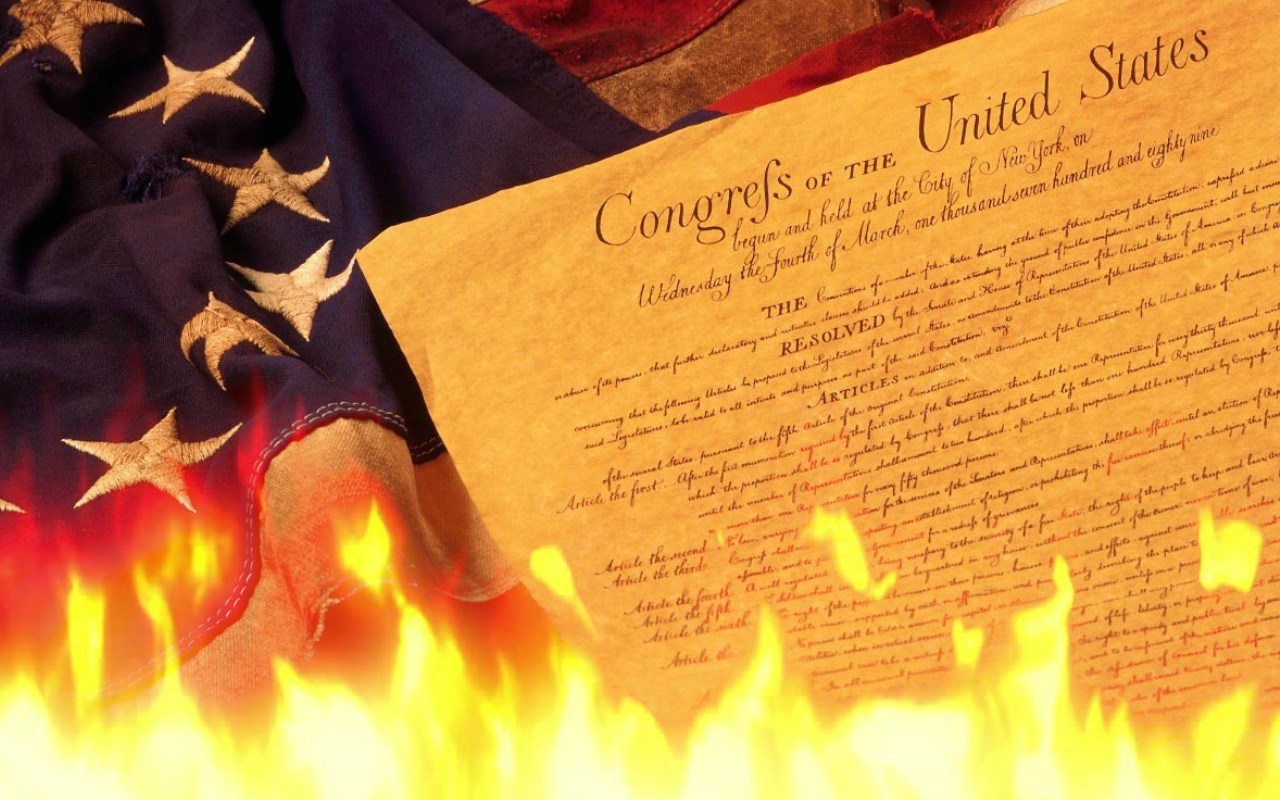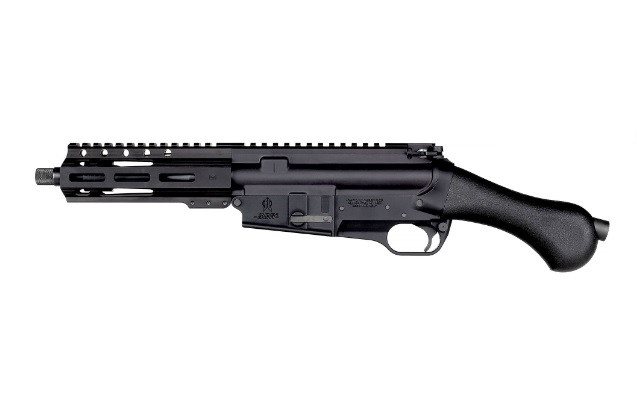Learn these stoppage drills to get your gun running again
07/16/2019 / By Edsel Cook

The last thing any self-defense shooter wants to happen during a firefight is a gun stoppage. Pistol users need to know what to do to get their weapon working again, which is where stoppage drills come in.
Most of the time, proper maintenance protects a gun from stoppage. But even the best-kept firearm may stop working without warning.
Some of the common reasons for a stoppage include bad rounds or a poor grip. Whatever the cause, a self-defense shooter might end up in serious trouble if a stoppage happens in the middle of a gunfight.
As its name implies, a stoppage drill is a technique to return a disabled gun to action. It quickly solves the problem that prevents the weapon from firing.
Stoppage drills don’t fix physical damage. If the gun itself gets broken, a self-defense shooter is better off switching to his backup or getting out of Dodge. (Related: True survivalists never stop prepping: Do you have these 4 traits necessary to survive?)
How to clear a stovepipe stoppage
The stovepipe is the simplest and most frequent type of stoppage. It takes place when a cartridge case doesn’t make it out of the ejection port quickly or cleanly enough.
If the case is still partly in the port when the slide returns, both will get stuck. The gun will not fire until the port gets cleared and the slide completes its forward movement.
The stovepipe is the easiest stoppage to clear. The first technique is “tap and rack.” Tap the bottom of the magazine before racking the slide.
The drill for clearing a stovepipe stoppage involves putting a case in the action. Aim at a target and pull the trigger.
When the gun fails to fire, smack the magazine’s bottom to ensure it is seated right. Rack the slide to put a round in the chamber and resume fire.
Stoppage drill for double feed
A double-feed is the next most likely cause of stoppage. It often happens when the extractor fails to expel an empty case out of the firing chamber.
In this kind of stoppage, the spent brass remains in the chamber. The slide tries to load a fresh round, but the empty case blocks the way. Pulling the trigger causes the hammer to hit an already-expended cartridge.
If a tap and rack drill fails to clear the stoppage, it may be a double-feed problem. In that case, eject the magazine from the pistol but keep the mag in the support hand.
Rack the slide several times to get the extractor to eject the empty case from the chamber. Return the magazine to the gun. Rack the slide to load a new round.
Rifle stoppages require different drills than pistol stoppages.
Tips on training for stoppage drills
There are two ways to hold a stoppage drill. The first sees a partner set up a stoppage in the gun without warning the trainee beforehand. Doing so makes the scenario more realistic.
In the other method, the shooter arranges the stoppage himself. He will need to adopt the right mindset to react in surprise when the gun fails to fire after pulling the trigger.
A word of warning – do not perform a tap and rack during other types of training. If the gun fails to fire during a drill unrelated to stoppages, stop the exercise and have the weapon looked at. The fault may lie elsewhere.
If a shooter finds himself in a self-defense situation and his pistol experiences a stoppage, run the tap and rack drill first, then the double-feed stoppage technique. If neither drill clears the weapon, switch to the backup or evacuate.
Sources include:
Tagged Under: bug out, chaos, double feed, firearms, gun training, guns, how-to, off grid, panic, pistol, preparedness, prepper, prepping, rifle, self-defense, shooting, stoppage, stoppage drills, stovepipe stoppage, survival, survival gear, survival skills, survivalist, weapons
RECENT NEWS & ARTICLES
COPYRIGHT © 2017 PATRIOT NEWS


















